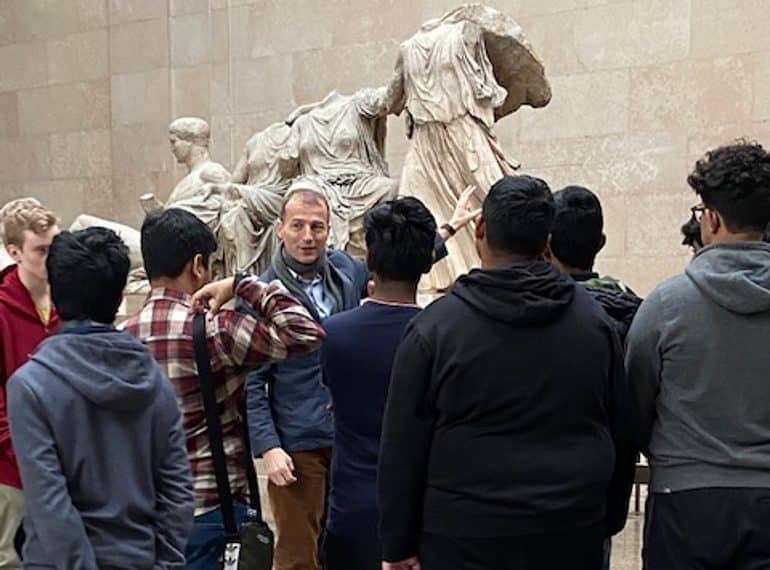
A visit to a critically acclaimed exhibition on Troy at the British Museum helped bring the city’s ancient legends to life for GCSE Latin students.
 The 33 Year 11 boys taking Latin GCSE – the highest number since the subject was reintroduced at QE as a curriculum subject in 2012 – have been studying Troy as part of their set texts.
The 33 Year 11 boys taking Latin GCSE – the highest number since the subject was reintroduced at QE as a curriculum subject in 2012 – have been studying Troy as part of their set texts.
The story of Troy has endured for over 3,000 years and captured the imagination of countless generations with its tale of a ten-year war fought over the abduction of a beautiful woman, Helen of Troy, and of enemies infiltrating into the great city in a wooden horse.
Assistant Head of Languages (Classics) Dilprit Kaur said: “The boys loved how the story was told in a multi-sensory way. Using voices to tell the story and projecting elements of it on to the wall really brought the literature to life for them. It also made them appreciate how many versions and adaptations of the story there are.”
 The exhibition, Troy: Myth and Reality, showcased art related to Troy and also examined the archaeological evidence demonstrating conclusively that the city actually existed.
The exhibition, Troy: Myth and Reality, showcased art related to Troy and also examined the archaeological evidence demonstrating conclusively that the city actually existed.
“The boys don’t often get a chance to draw upon artefacts as part of the syllabus,” said Ms Kaur.
“They relished the way in which the story was presented in different media, encompassing sculpture, pottery and modern art.”
The boys were accompanied on their visit by Crispin Bonham-Carter, Assistant Head (Pupil Involvement), who teaches Latin, and English teacher, Tom Foster.
The exhibition has secured highly positive reviews from the BBC’s Arts Editor Will Gompertz and from publications including The Guardian, Daily Telegraph and Time Out. It runs until 8th March 2020.
In the afternoon, the group also toured the galleries at the British Museum to enhance further their appreciation of mythology and of the Roman Empire.

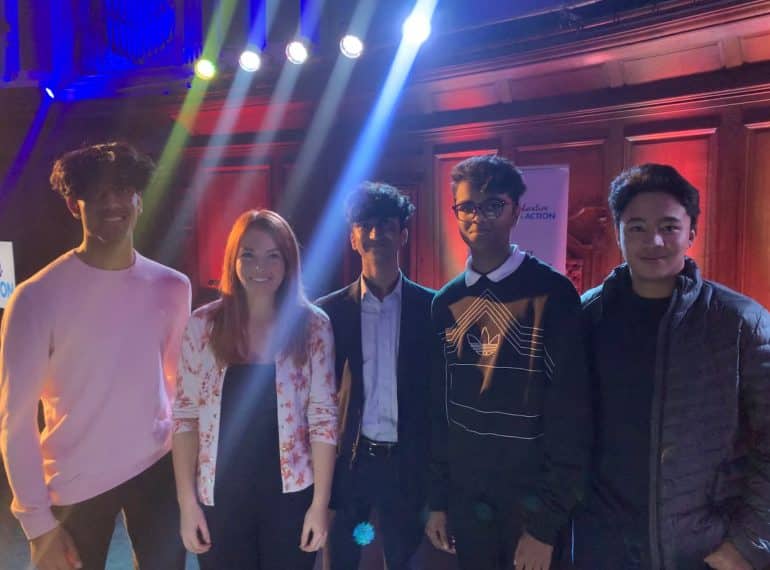
 Assistant Head of Mathematics Wendy Fung said: “Each lecture was inspiring in its own way and has encouraged the boys to delve deeper into the topics they found most engaging. These lectures are a very good way of introducing branches of Mathematics and ways of mathematical thinking which are not covered as part of the A-level syllabus, and of showing the range of applications to which the subject can be applied.”
Assistant Head of Mathematics Wendy Fung said: “Each lecture was inspiring in its own way and has encouraged the boys to delve deeper into the topics they found most engaging. These lectures are a very good way of introducing branches of Mathematics and ways of mathematical thinking which are not covered as part of the A-level syllabus, and of showing the range of applications to which the subject can be applied.” Cambridge mathematician Matthew Scroggs’ lecture on the Mathematics of Video Games impressed Charan Kumararuban, who said: “I was particularly amazed by his demonstration of using Mathematics in order to predict the shortest possible routes to complete a game of Pacman in the shortest possible time.”
Cambridge mathematician Matthew Scroggs’ lecture on the Mathematics of Video Games impressed Charan Kumararuban, who said: “I was particularly amazed by his demonstration of using Mathematics in order to predict the shortest possible routes to complete a game of Pacman in the shortest possible time.”
 Despite having to grapple with a legal system that can be very different from the English system, the Sixth Form team competed strongly, gaining both votes and plaudits from the adjudicators, reports their coach, Jack Robertson, Head of Philosophy, Religion and Society.
Despite having to grapple with a legal system that can be very different from the English system, the Sixth Form team competed strongly, gaining both votes and plaudits from the adjudicators, reports their coach, Jack Robertson, Head of Philosophy, Religion and Society. “The Empire Mock Trial follows the US legal system, so students had to learn a lot about how it works,” he said. “They had to familiarise themselves with, and then be able to apply, a range of case law, as well as adapt to various procedural aspects of being in a US court room. In particular, adapting to the use of objections was a challenge, but one the team rose to well.”
“The Empire Mock Trial follows the US legal system, so students had to learn a lot about how it works,” he said. “They had to familiarise themselves with, and then be able to apply, a range of case law, as well as adapt to various procedural aspects of being in a US court room. In particular, adapting to the use of objections was a challenge, but one the team rose to well.”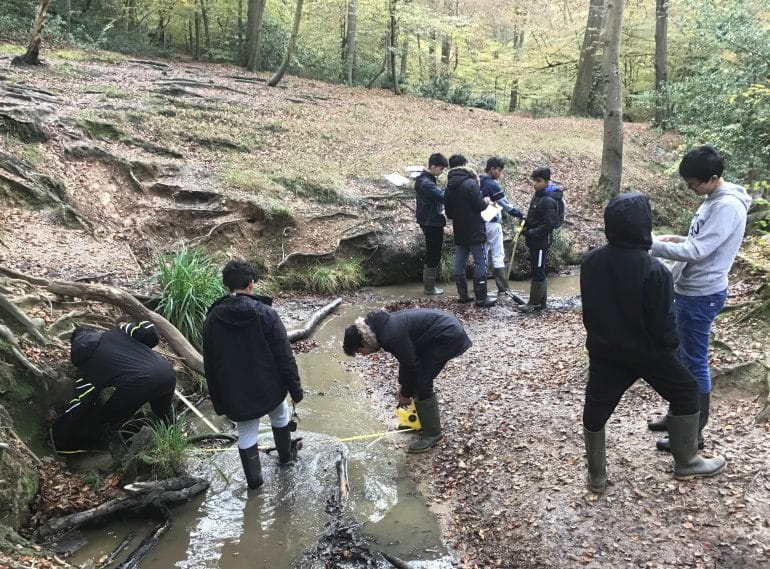
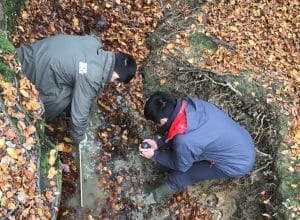 During the Physical Geography trip, the boys were tasked with investigating the question How do river characteristics change with distance downstream along Loughton Brook?
During the Physical Geography trip, the boys were tasked with investigating the question How do river characteristics change with distance downstream along Loughton Brook?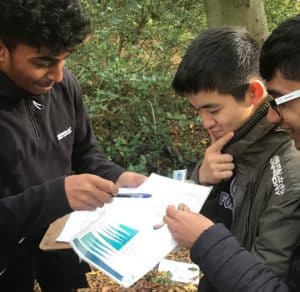 The field trip was spread over two days, with half of the cohort going each day, accompanied by four teachers.
The field trip was spread over two days, with half of the cohort going each day, accompanied by four teachers.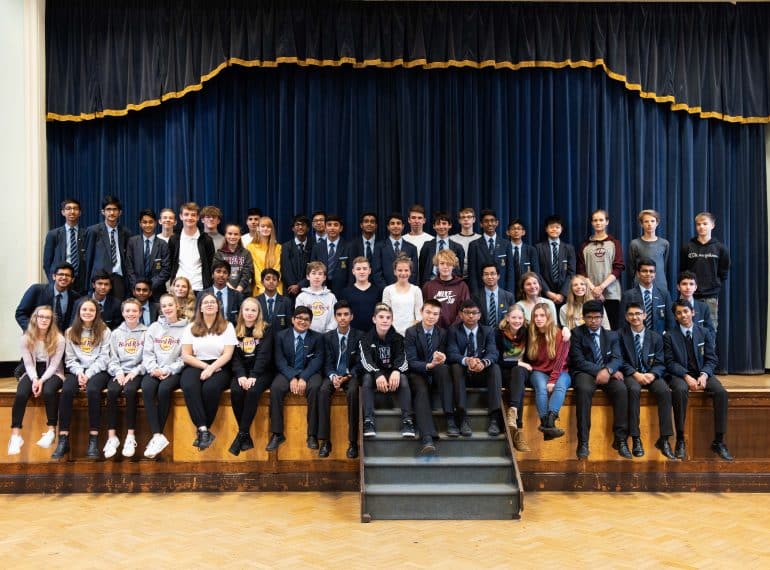
 During their stay of just under a week, the German group undertook a packed programme featuring cultural and social activities, as well as the opportunity to take part in lessons at QE. The exchange is with a co-educational grammar school (or ‘Gymnasium’), Friedrich von Bodelschwingh Gymnasium, in Bielefeld, near the cities of Hannover and Dortmund.
During their stay of just under a week, the German group undertook a packed programme featuring cultural and social activities, as well as the opportunity to take part in lessons at QE. The exchange is with a co-educational grammar school (or ‘Gymnasium’), Friedrich von Bodelschwingh Gymnasium, in Bielefeld, near the cities of Hannover and Dortmund.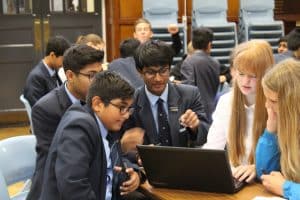 “Although our teachers lay the foundations very effectively in the classroom, for serious language-learners there really is no substitute for the experience of an international exchange. The boys’ confidence and facility in spoken German are inevitably strengthened as they chat with their exchange partners and with other native speakers, while at the same time they derive considerable benefit from experiencing the culture at first-hand.”
“Although our teachers lay the foundations very effectively in the classroom, for serious language-learners there really is no substitute for the experience of an international exchange. The boys’ confidence and facility in spoken German are inevitably strengthened as they chat with their exchange partners and with other native speakers, while at the same time they derive considerable benefit from experiencing the culture at first-hand.”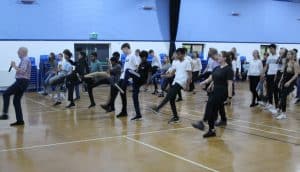 A number of lessons at QE were specially tailored to make the most of the opportunity presented by the visitors’ presence. In German classes, pupils were set the task of preparing and delivering bilingual group presentations; in English, they looked together at Romeo and Juliet, and in Technology, the metaphorical links created by the exchange were celebrated in a physical way through a bridge-building challenge. The visitors and their QE partners also took part in a Music lesson together.
A number of lessons at QE were specially tailored to make the most of the opportunity presented by the visitors’ presence. In German classes, pupils were set the task of preparing and delivering bilingual group presentations; in English, they looked together at Romeo and Juliet, and in Technology, the metaphorical links created by the exchange were celebrated in a physical way through a bridge-building challenge. The visitors and their QE partners also took part in a Music lesson together.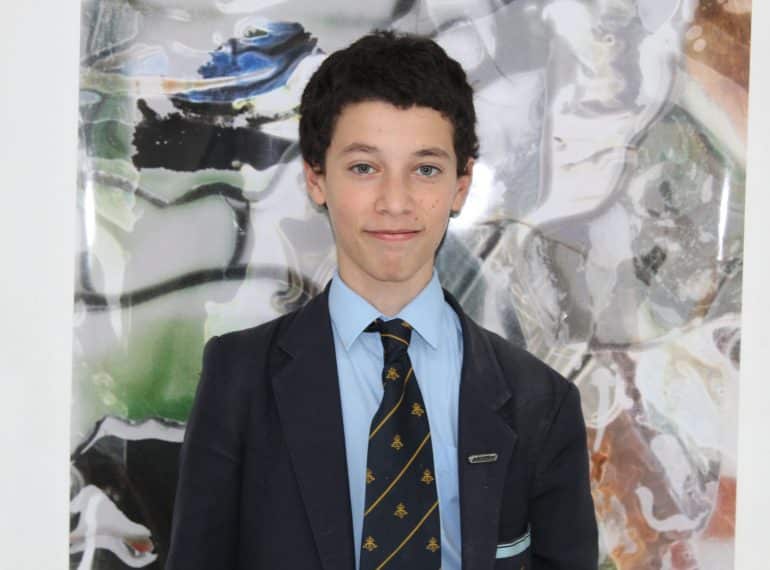
 His untitled artwork is on display until 1st November at the Visitor Centre at the Henry Moore Studio and Gardens in the Hertfordshire hamlet of Perry Green.
His untitled artwork is on display until 1st November at the Visitor Centre at the Henry Moore Studio and Gardens in the Hertfordshire hamlet of Perry Green.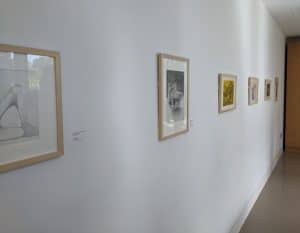 Entries were required to reflect themes in Moore’s art: reclining figure; mother and child; natural forms, or life drawing. They had to be submitted on paper or card, with the majority of the work being drawn, not painted.
Entries were required to reflect themes in Moore’s art: reclining figure; mother and child; natural forms, or life drawing. They had to be submitted on paper or card, with the majority of the work being drawn, not painted.